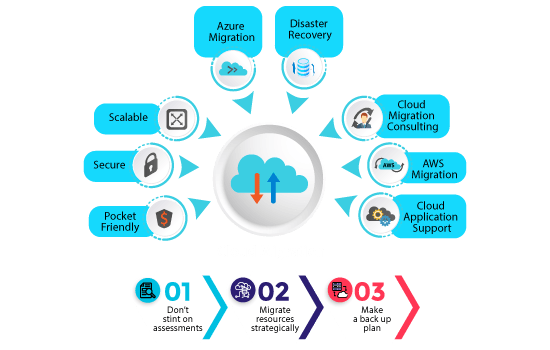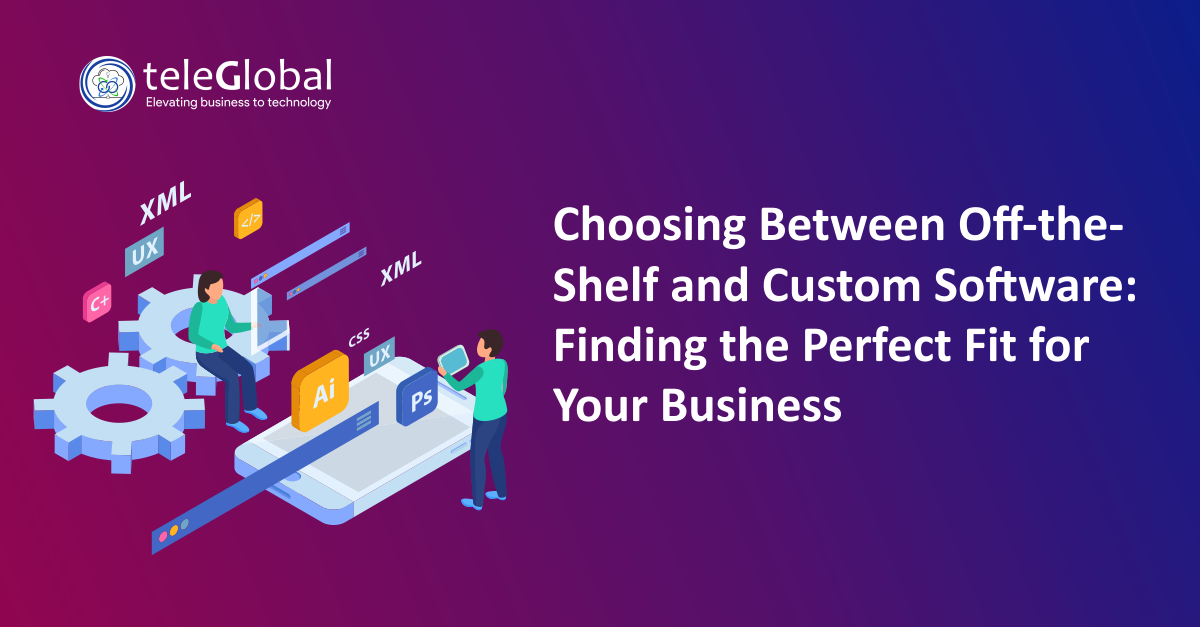
From ‘should I move to the cloud’ the question on everyone’s mind now is how best to move to the cloud’. The advantages that cloud computing provides in terms of flexibility, availability, usability, and cost savings cannot be gainsaid. But realizing these benefits is not so straightforward. Failing to calculate the costs associated with your migration can actually end up making the move cost-prohibitive. This is compounded by the array of challenges you must face, such as:
- Ensuring the security of data and applications
- Meeting governance compliance standards
- Converting mindsets used to the familiarity of on-premises infra to in-the-cloud
- Staying updated with your hardware and software, and emerging technologies
- Managing the costs of maintaining infrastructure and operations







































